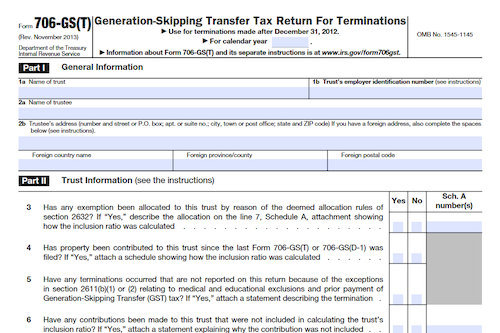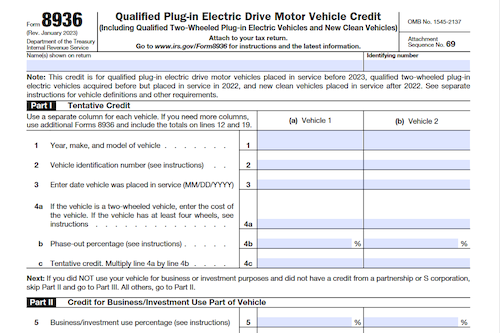Form 1125-E is used by entities with total receipts of $500,000 or more to provide a detailed report of deductions for compensation of officers, and must be attached to the applicable entity’s return such as Form 1120 or 1120-S. Special rules apply to the disallowance of deductions for executive compensation and golden parachute payments.
What is Form 1125-E?
Form 1125-E is tax document that is used by certain entities with total receipts of $500,000 or more to provide a detailed report of deductions for compensation of officers. It must be attached to Form 1120, 1120-C, 1120-F, 1120-RIC, 1120-REIT, or 1120S if the entity has total receipts (defined below) of $500,000 or more, and deducts compensation for officers. The limit for compensation and deduction is $1 million for publicly-held corporations, although special rules apply for certain contracts in effect prior, and certain entities with obligations arising from the TARP program have a limit of $500,000. In addition, excess parachute payments are disallowed for deduction and may reduce the total limit further.
IRS Form 1125-E – Who Needs to Fill It Out?
IRS Form 1125-E must be completed and attached to certain tax forms if an entity, such as a corporation, has total receipts of $500,000 or more and deducts compensation for officers (defined above). It is used to provide a detailed report of the deduction for such compensation. Special rules apply for publicly held corporations who must also consider the $1 million maximum deduction limit for their covered employees and the $500,000 deduction limit for senior executives of Treasury Troubled Asset Relief Program (TARP) participants. Excess parachute payments made to such employees are also not deductible.
Step-by-Step: Form 1125-E Instructions For Filling Out the Document
Filling out Form 1125-E is a detailed process that requires information from other forms in order to accurately report the deduction for compensation of officers. This form must be attached to one of the following forms if the total receipts from these forms are greater than or equal to $500,000: Form 1120, 1120-C, 1120-F, 1120-RIC, 1120-REIT, or 1120S. Additionally, special rules are in place for special cases such as golden parachute payments, disallowance of deduction for employee compensation exceeding $1 million, and limitations on tax benefits for executive compensation under the Treasury Troubled Asset Relief Program (TARP). Ensure all applicable information for total receipts, regulations, and notices are accounted for to accurately fill out the form.
Below, we present a table that will help you understand how to fill out Form 1125-E.
| Key Information for Form 1125-E | Details |
|---|---|
| Attachment Requirement | Attach to specific forms with receipts totaling $500,000 or more |
| Special Rules | Golden parachute payments, employee compensation limits, TARP limitations |
| Required Information | Total receipts, regulations, notices, and more |
Do You Need to File Form 1125-E Each Year?
Generally, entities with total receipts of $500,000 or more must use Form 1125-E to provide a detailed report of officer deduction for compensation. This form must be attached to Form 1120, 1120-C, 1120-F, 1120-RIC, 1120-REIT, or 1120S when appropriate. Total receipts are checked for the applicable entity’s return, and special rules apply in regards to disallowing deduction for employee compensation in excess of $1 million and special limitations for executive compensation under the Treasury Troubled Asset Relief Program (TARP).
Download the official IRS Form 1125-E PDF
On the official IRS website, you will find a link to download Form 1125-E. However, to make it easier for you, we are providing the link in our article, which comes directly from the official irs.gov website! Click here to download the Form 1125-E
Sources:




